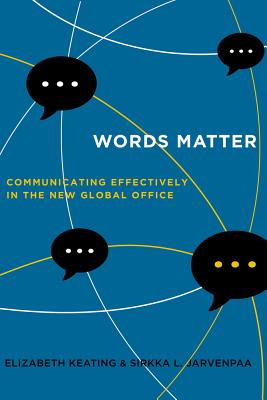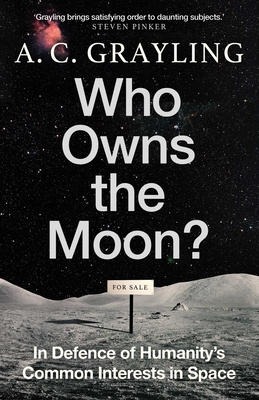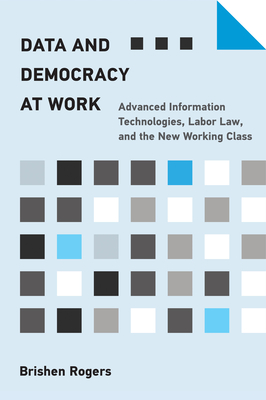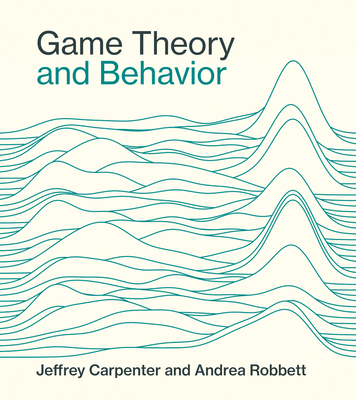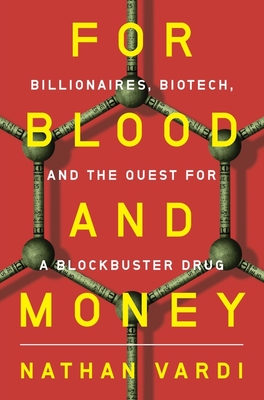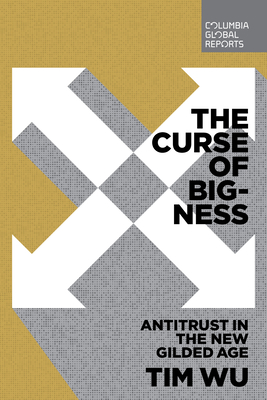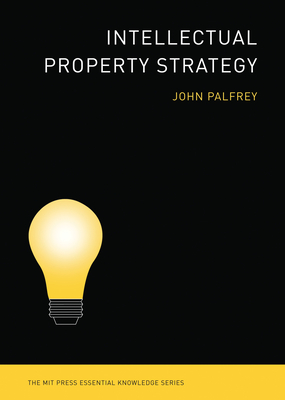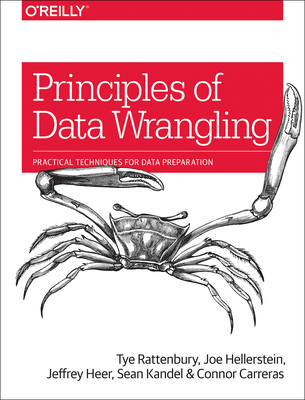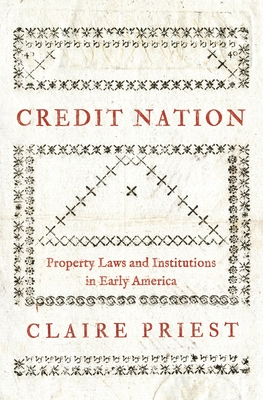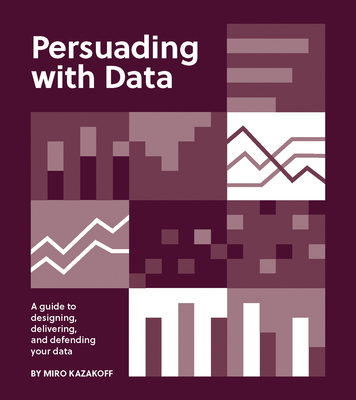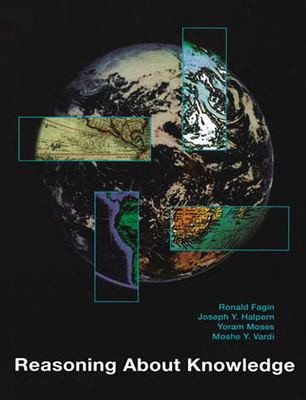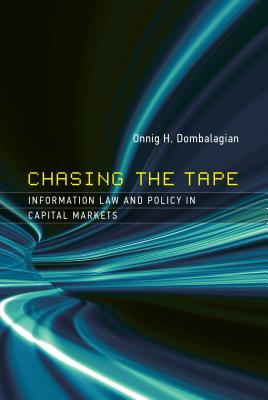
Chasing the Tape: Information Law and Policy in Capital Markets (Information Policy)
Description
An examination of regulation and use of information in capital markets, offering comparisons across different jurisdictions, regulated entities, and financial instruments.
Financial information is a both a public resource and a commodity that market participants produce and distribute in connection with other financial products and services. Legislators, regulators, and other policy makers must therefore balance the goal of making information transparent, accessible, and useful for the collective benefit of society against the need to maintain appropriate incentives for information originators and intermediaries. In Chasing the Tape, Onnig Dombalagian examines the policy objectives and regulatory tools that shape the information production chain in capital markets in the United States, the European Union, and other jurisdictions. His analysis offers a unique cross section of capital market infrastructure, spanning different countries, regulated entities, and financial instruments.
Dombalagian uses four key categories of information--issuer information, market information, information used in credit analysis, and benchmarks--to survey the market forces and regulatory regimes that govern the flow of information in capital markets. He considers the similarities and differences in regulatory aims and strategies across categories, and discusses alternative approaches proposed or adopted by scholars and policy makers. Dombalagian argues that the long-term regulatory challenges raised by economic globalization and advanced information technology will require policy makers to decouple information policy in capital markets from increasingly arbitrary historical classifications and jurisdictional boundaries.

